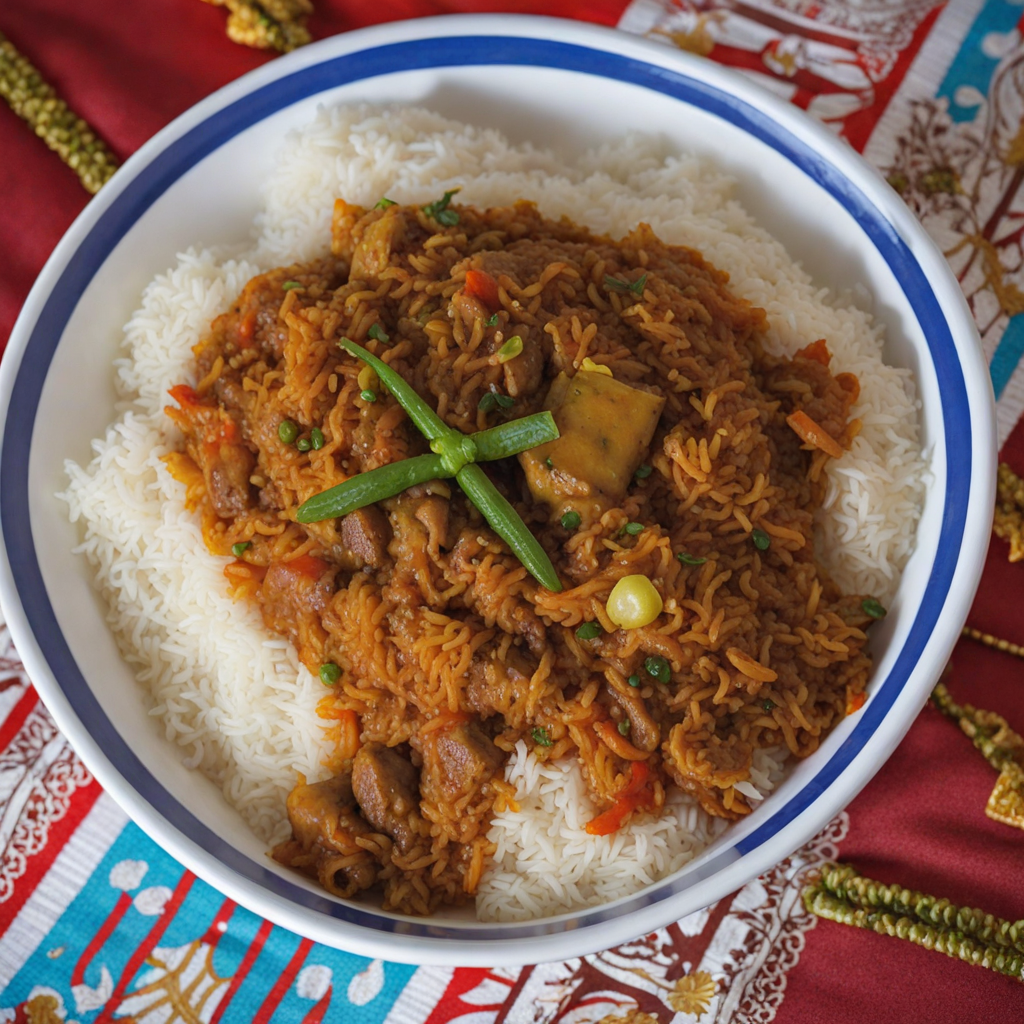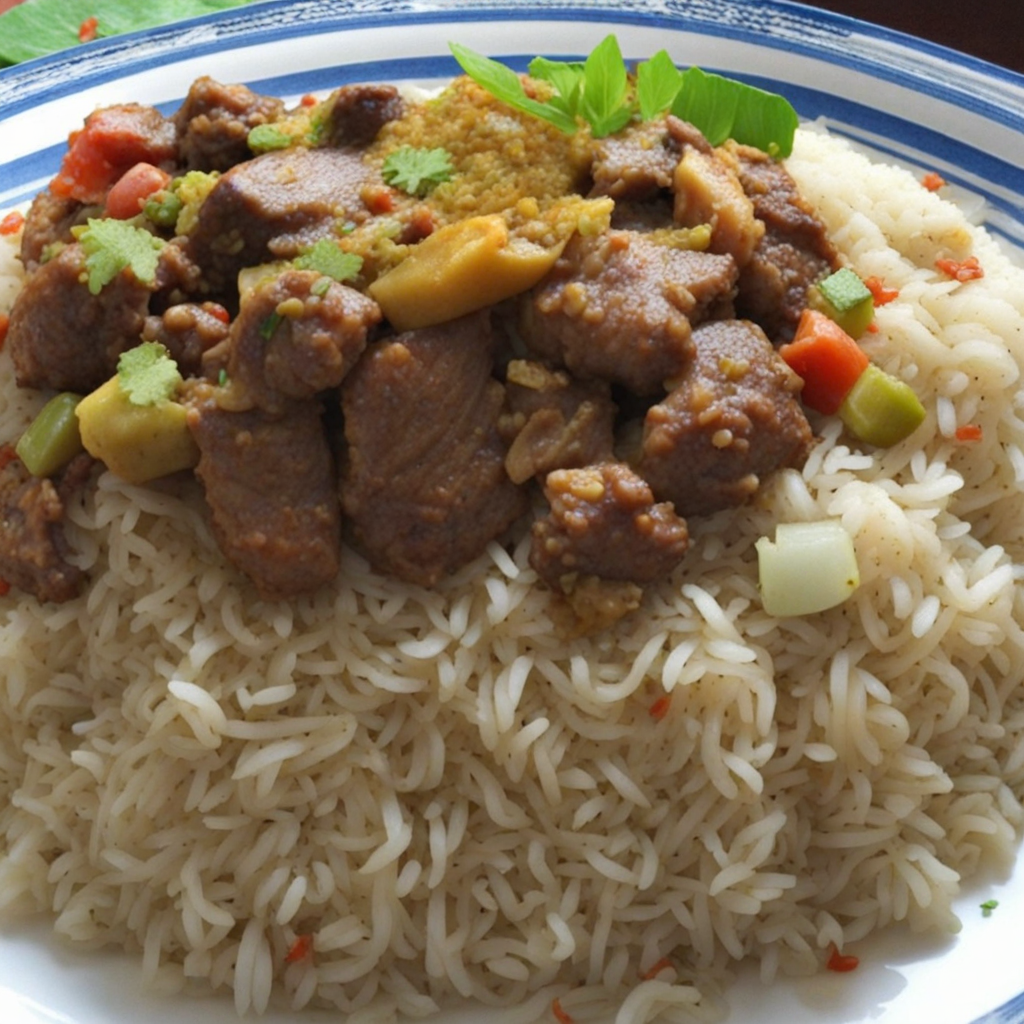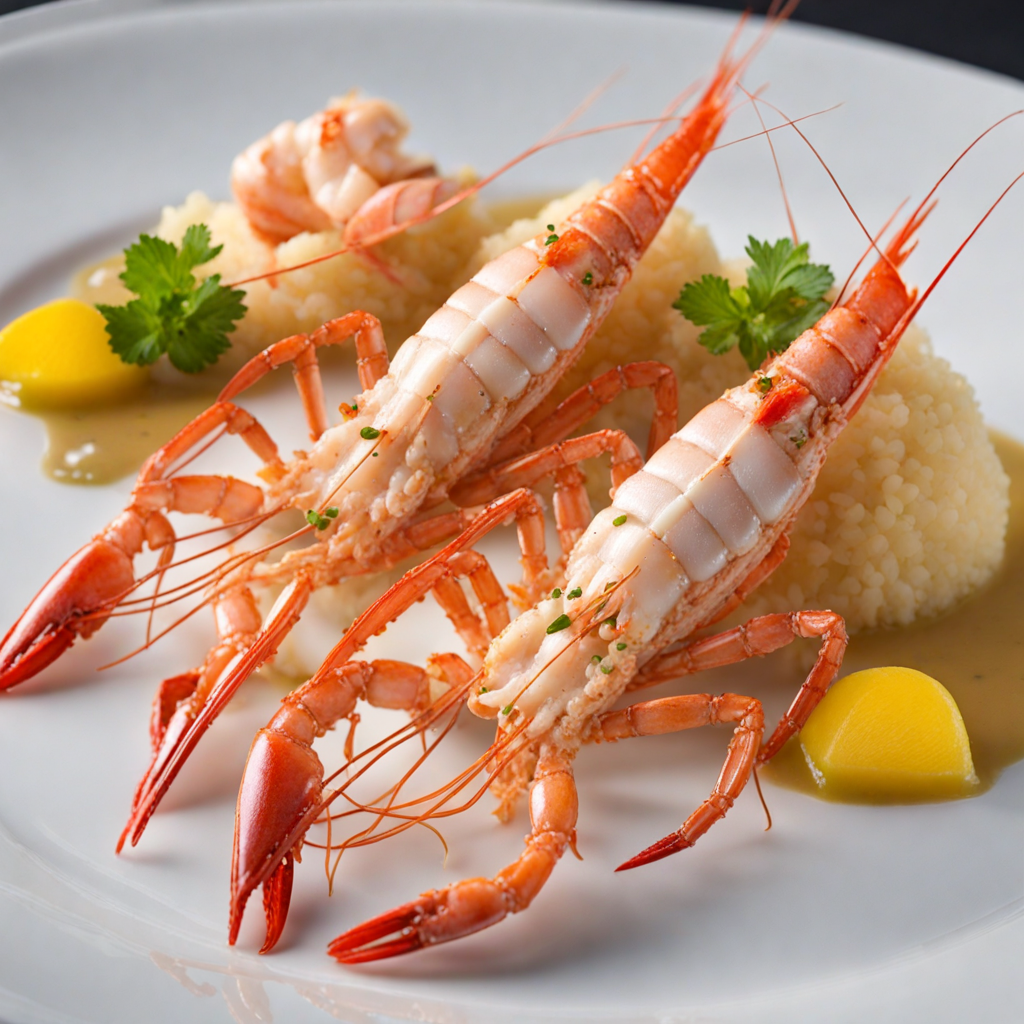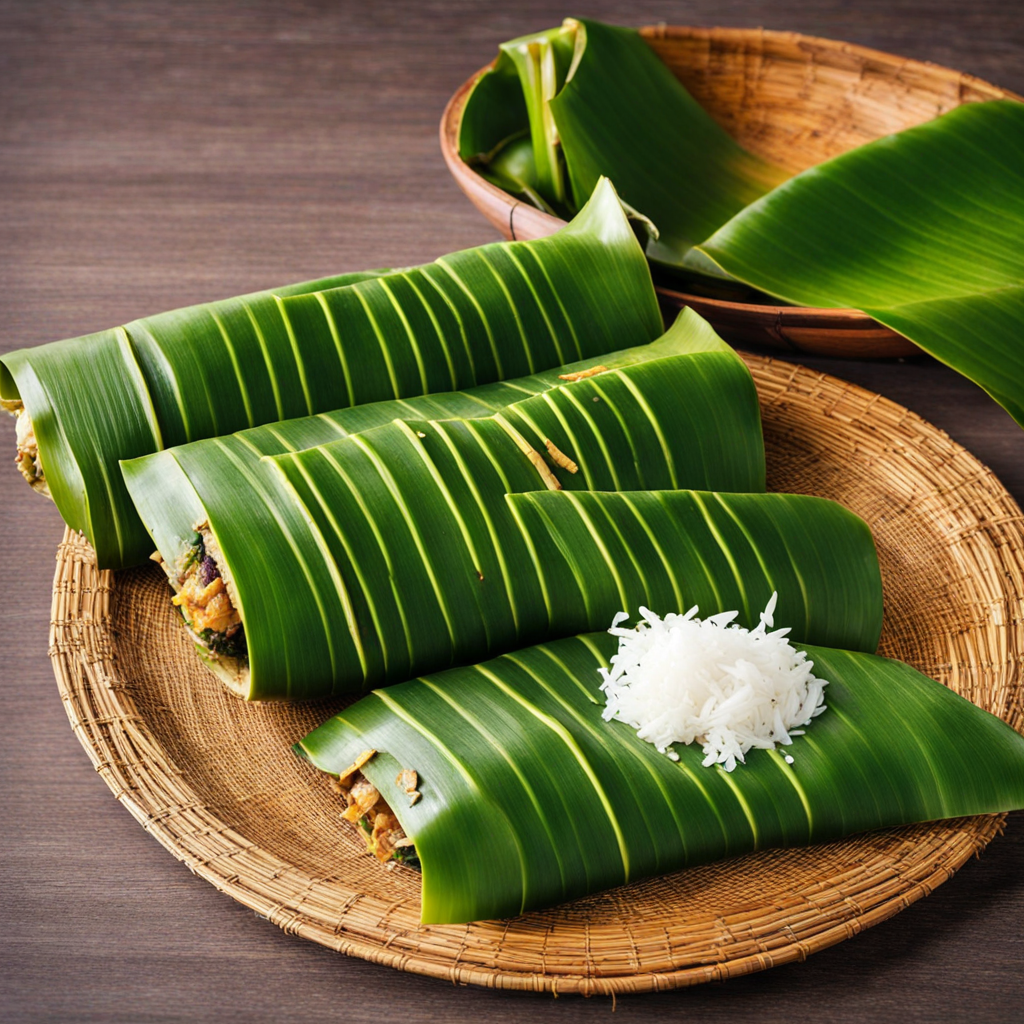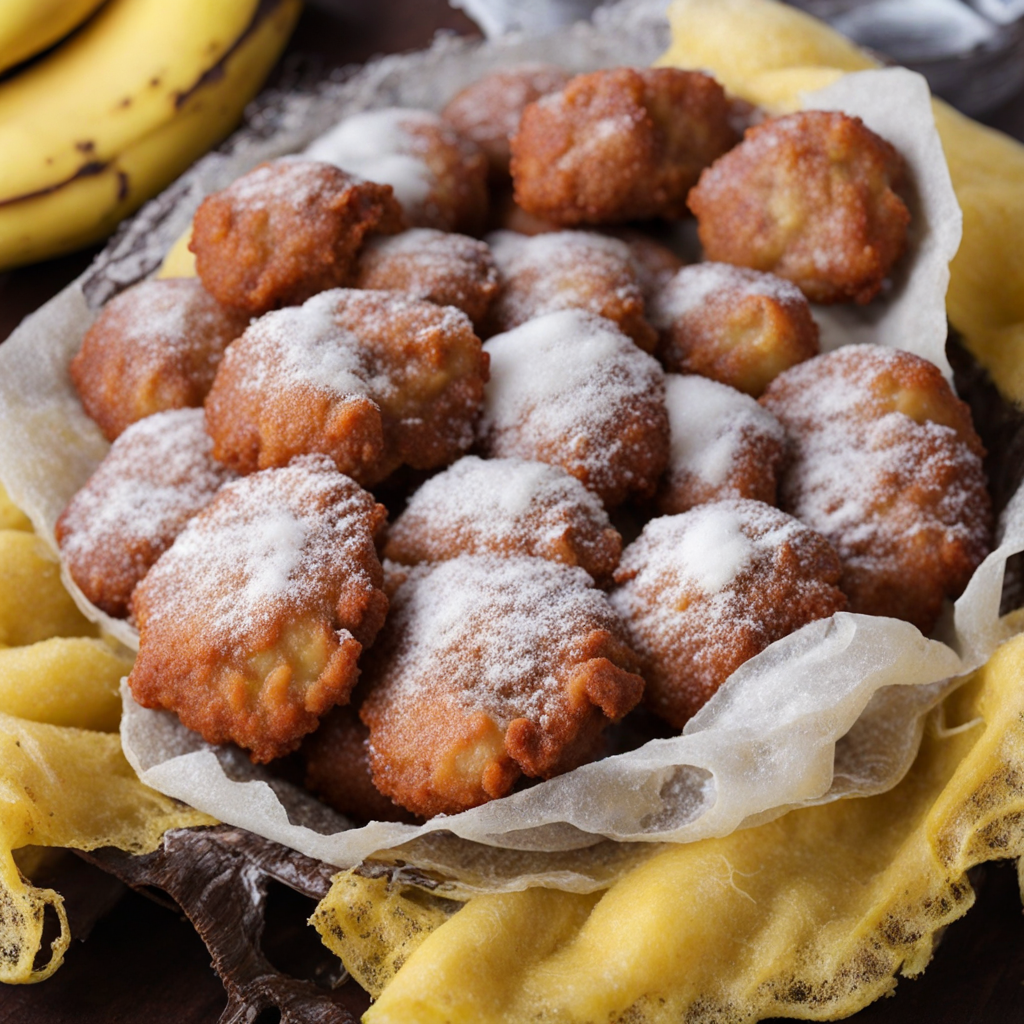Pilao
Pilao from Comoros is a fragrant and flavorful rice dish that showcases the island's culinary heritage. It is traditionally made with long-grain rice, which is cooked to perfection, absorbing a melange of spices that create a rich and aromatic experience. The dish is often seasoned with ingredients such as cloves, cinnamon, and cardamom, which impart a warm and exotic flavor profile. This combination of spices, along with a hint of coconut milk, adds a creamy texture and depth, making each bite a delightful journey for the senses. In addition to the spices, Pilao is commonly enriched with a variety of meats, such as chicken, beef, or seafood, which are marinated and cooked alongside the rice. The proteins infuse their savory essence into the grains, resulting in a harmonious blend of flavors. Vegetables like bell peppers, carrots, and peas may also be included, bringing a vibrant color and added nutrition to the dish. The result is a hearty and satisfying meal that reflects the rich agricultural bounty of the Comoros islands. Pilao is often served on festive occasions and family gatherings, symbolizing hospitality and abundance. It is typically accompanied by tangy sauces or chutneys that balance the dish's richness with a zesty kick. For those looking to explore new culinary landscapes, Pilao offers a unique taste that captures the essence of Comorian culture, inviting you to savor the intricate flavors and aromatic spices that define this beloved dish.
How It Became This Dish
Pilao: A Culinary Treasure of Comoros The Comoros archipelago, located in the Indian Ocean off the eastern coast of Africa, is a region steeped in rich cultural history and culinary diversity. Among the myriad dishes celebrated in this tropical paradise, Pilao stands out as a quintessential representation of the islands' vibrant culinary heritage. This aromatic rice dish, often enriched with spices, vegetables, and proteins, embodies the fusion of indigenous, Arab, African, and French influences that define Comorian cuisine. Origins of Pilao The origins of Pilao can be traced back to the broader Indian Ocean culinary traditions that have been shaped by centuries of trade, migration, and cultural exchange. The Comoros islands—consisting of Grande Comore, Mohéli, Anjouan, and Mayotte—saw the arrival of various peoples, including Bantu Africans, Arabs from Yemen and Oman, and later, French colonizers. Each group brought its own agricultural practices, cooking techniques, and flavor profiles, contributing to the complex culinary landscape of the islands. The name "Pilao" is derived from the Persian word “pilāv,” which refers to a rice dish that is often cooked with spices and served with meat or vegetables. This culinary term made its way to the Comoros through Arab traders, who were instrumental in introducing rice cultivation to the islands. Rice quickly became a staple food, and the method of preparing it—especially in the form of Pilao—became a hallmark of Comorian cooking. Cultural Significance In Comorian culture, food serves as a vital expression of identity, community, and tradition. Pilao is more than just a dish; it is a symbol of hospitality and togetherness. Traditionally, it is served during celebrations, feasts, and significant family gatherings, embodying the spirit of sharing and communal bonds. The preparation of Pilao often involves family members coming together, making it a cherished activity that strengthens familial ties. The dish is also representative of the islanders' connection to their land and heritage. The ingredients used in Pilao—rice, spices, and fresh produce—are often sourced locally, reflecting the agricultural bounty of the Comoros. Spices like cloves, cardamom, and cinnamon, which thrive in the region’s volcanic soil, not only enhance the flavor of Pilao but also highlight the islands' historical ties to the spice trade. The consumption of Pilao thus becomes an act of honoring the land and its resources. Furthermore, Pilao has transcended its status as a mere meal; it is a culinary expression of the Comorian identity. Each island within the archipelago has its own variation of Pilao, influenced by local ingredients and cooking methods. For instance, Pilao on Grande Comore might be richer and spicier, while the version from Mohéli could lean towards the use of fresh seafood. These regional variations exemplify the diversity within Comorian cuisine and the importance of local identity. Development Over Time As Comoros navigated through the complexities of colonialism, independence, and globalization, Pilao has evolved while retaining its essential characteristics. During the French colonial period, which began in the 19th century, the introduction of new culinary techniques and ingredients—such as cream, butter, and various vegetables—began to influence traditional dishes. Pilao absorbed some of these adaptations, leading to variations that incorporated French culinary elements. In contemporary times, Pilao has seen further evolution, particularly with the influx of international influences and the rise of tourism. While traditional recipes remain cherished, modern interpretations of Pilao have emerged, often featuring a fusion of local and global ingredients. Chefs in upscale restaurants may experiment with gourmet versions of the dish, incorporating elements such as saffron, exotic vegetables, or organic meats, while still paying homage to the traditional roots of Pilao. Despite these changes, the essence of Pilao remains intact. It continues to be a dish that brings people together, whether in a family kitchen on a quiet afternoon or served at a bustling restaurant catering to visitors eager to experience the flavors of Comoros. The preparation of Pilao has also been embraced as a way to educate younger generations about their culinary heritage, ensuring that traditional methods and recipes are passed down through families. The Recipe: A Culinary Journey A traditional Pilao recipe typically involves the following steps: 1. Ingredients: The core ingredients include rice (usually long-grain, such as basmati), a blend of spices (like cloves, cinnamon, and cardamom), vegetables (like carrots, peas, and bell peppers), and a choice of protein (chicken, beef, or fish). 2. Preparation of the Spices: The spices are often sautéed in oil or butter to release their essential oils and aroma, creating a fragrant base for the dish. 3. Cooking the Rice: Once the spices are aromatic, the rice is added and sautéed briefly before adding water or stock. The rice is then simmered until tender and fluffy, allowing it to absorb the flavors of the spices. 4. Incorporating Vegetables and Protein: Near the end of cooking, vegetables and proteins are added, allowing them to cook through while maintaining their texture and flavor. 5. Serving: Pilao is typically served warm, garnished with fresh herbs or fried onions, and is often accompanied by a side of tangy sauce or salad. Conclusion In conclusion, Pilao is more than just a beloved dish in Comoros; it is a cultural artifact that encapsulates the islands' rich history and diverse culinary practices. Its origins reflect a tapestry of influences—from Arab traders to French colonizers—while its contemporary iterations showcase the resilience and adaptability of Comorian cuisine. As the world continues to globalize, Pilao stands as a testament to the enduring power of food as a marker of identity, community, and tradition. For those fortunate enough to experience this aromatic dish, whether in a humble home or a modern restaurant, Pilao offers a taste of the Comoros' vibrant history and a warm invitation to gather around the table, celebrating the shared love of food that transcends borders.
You may like
Discover local flavors from Comoros


